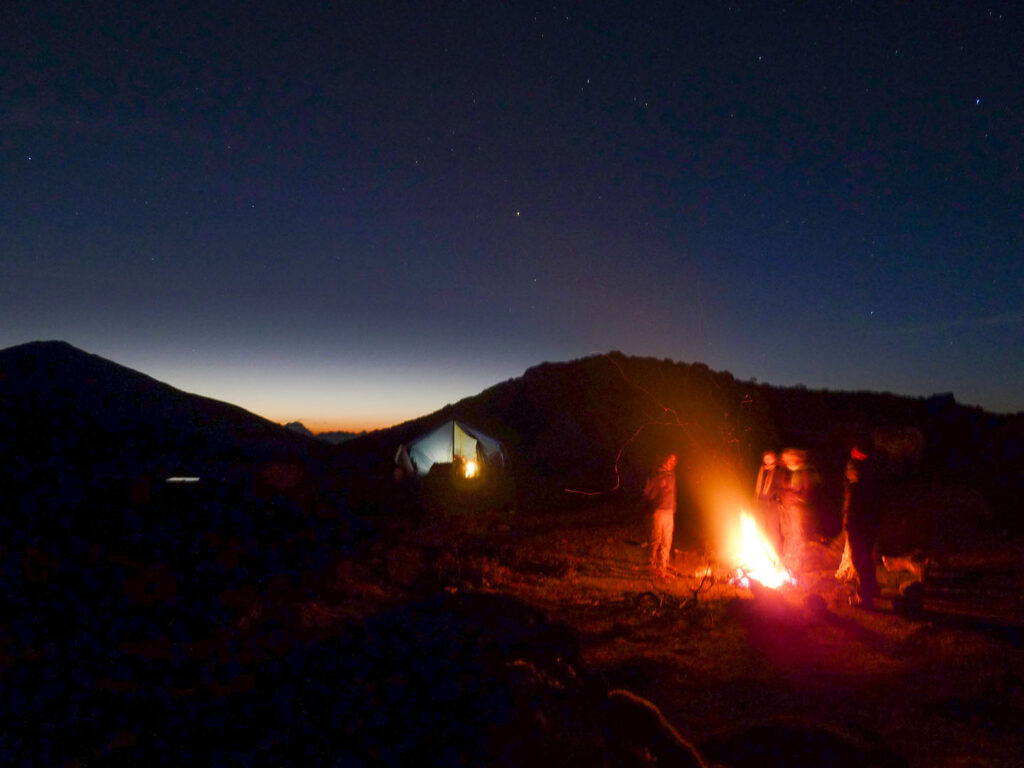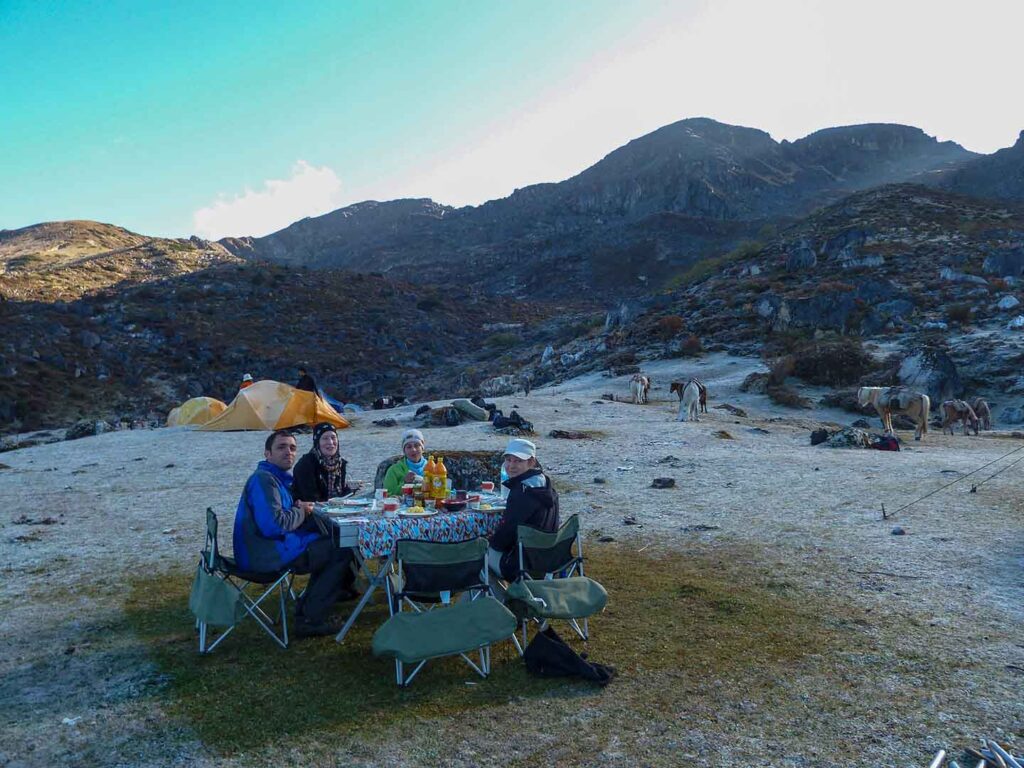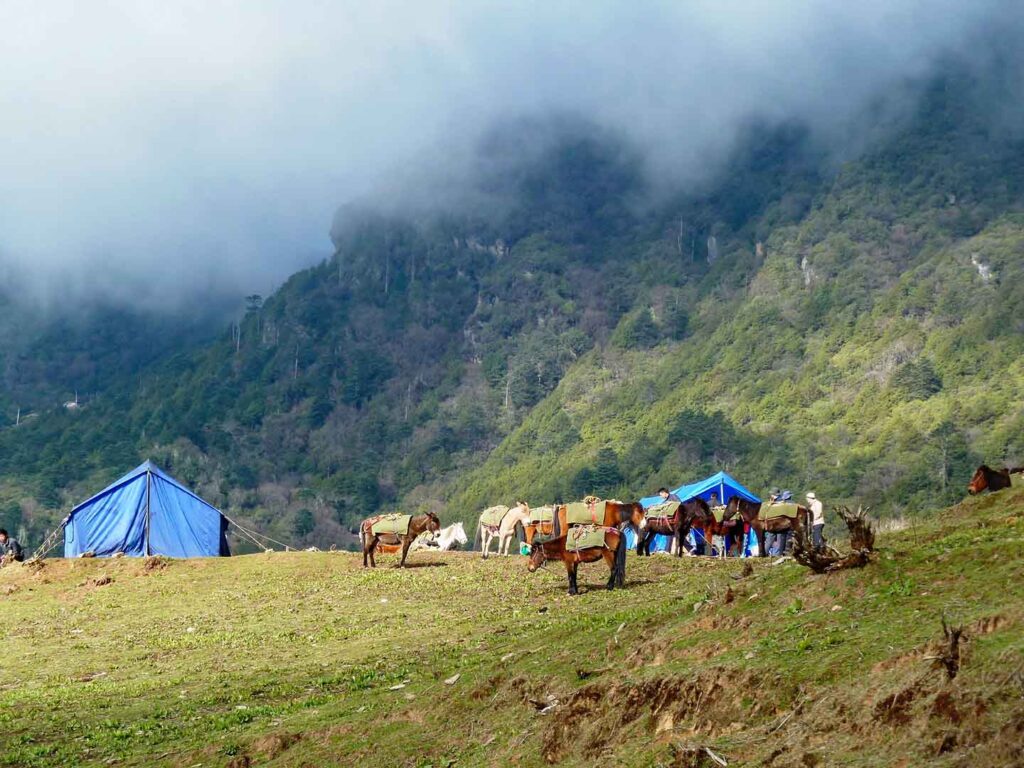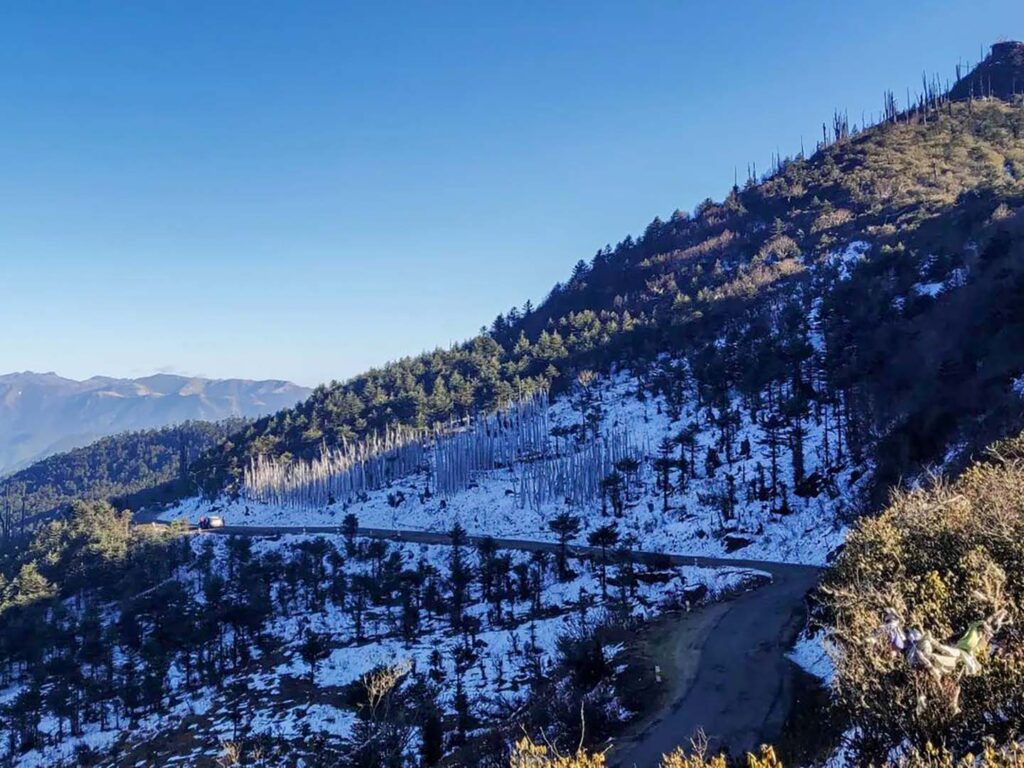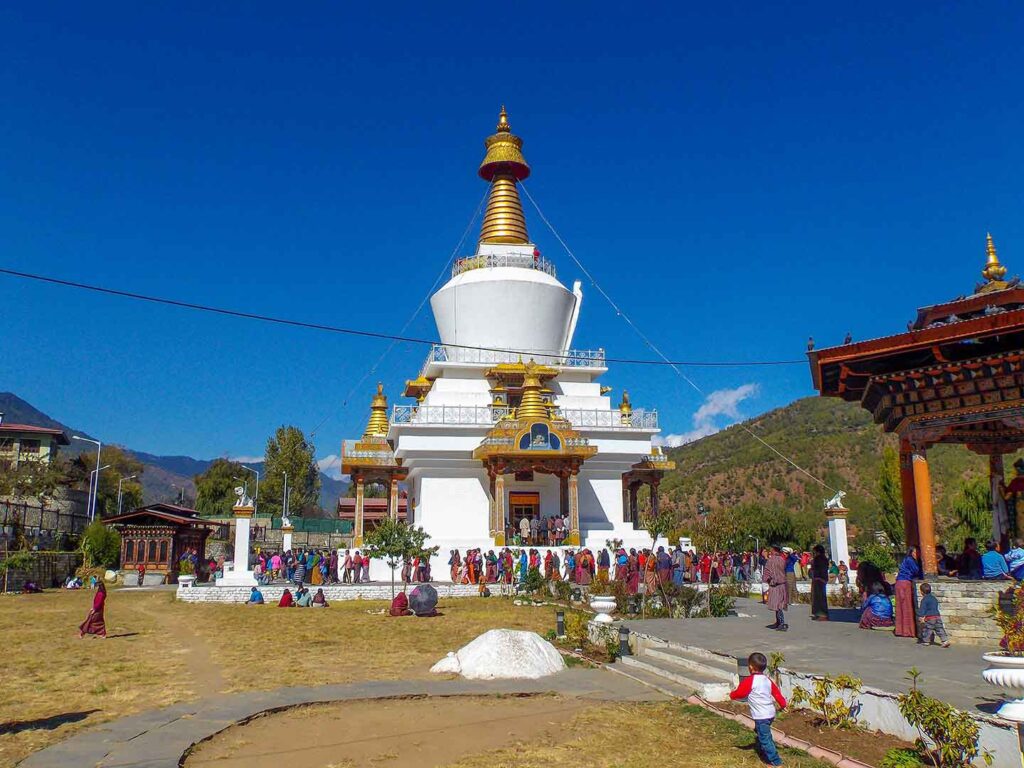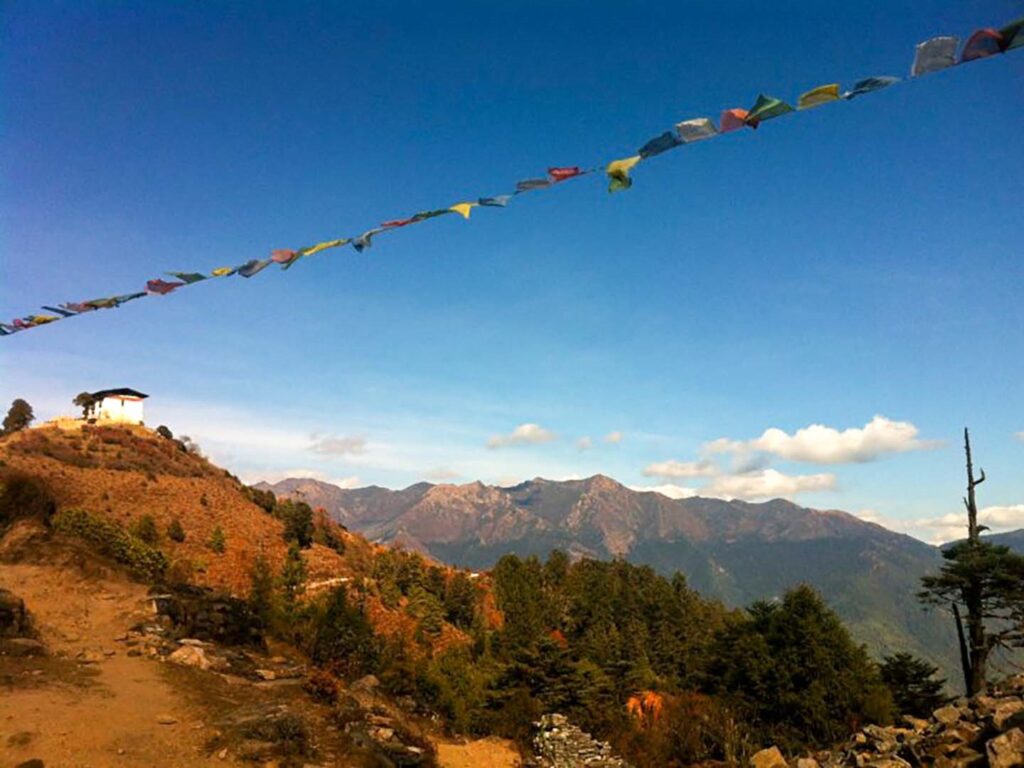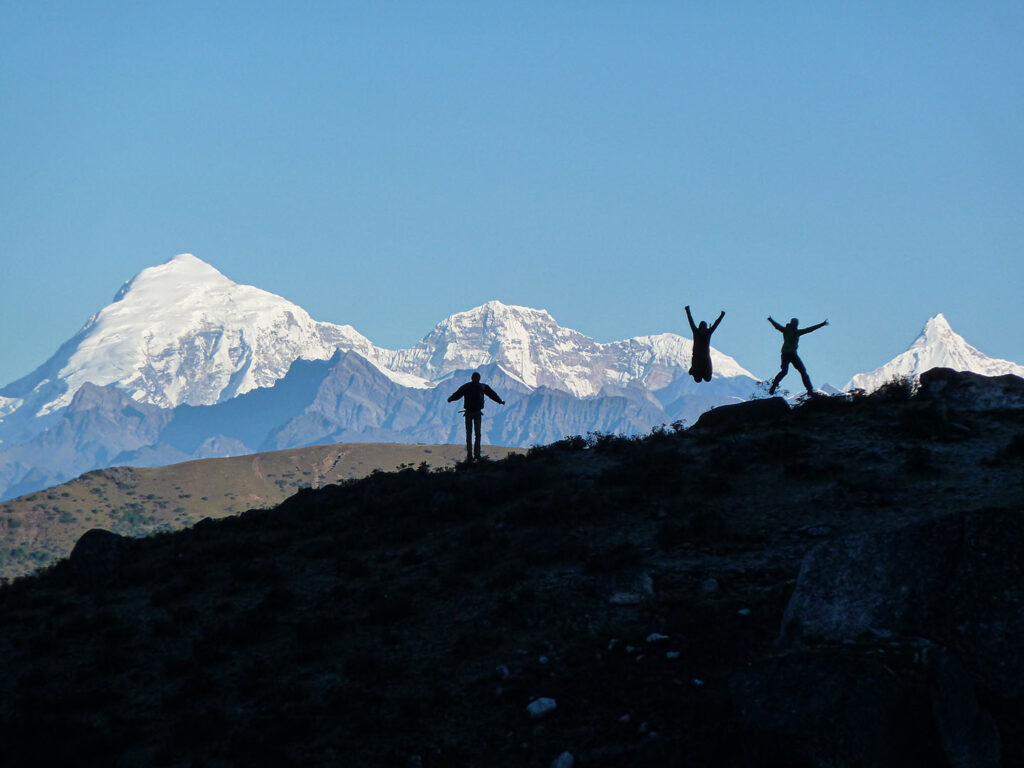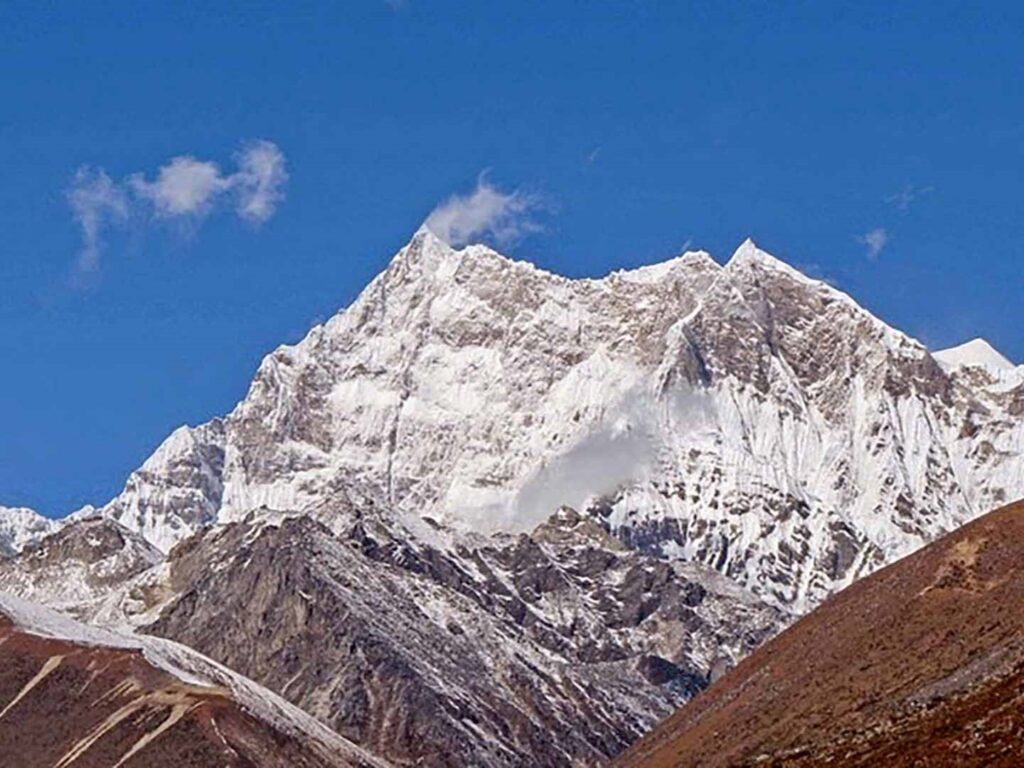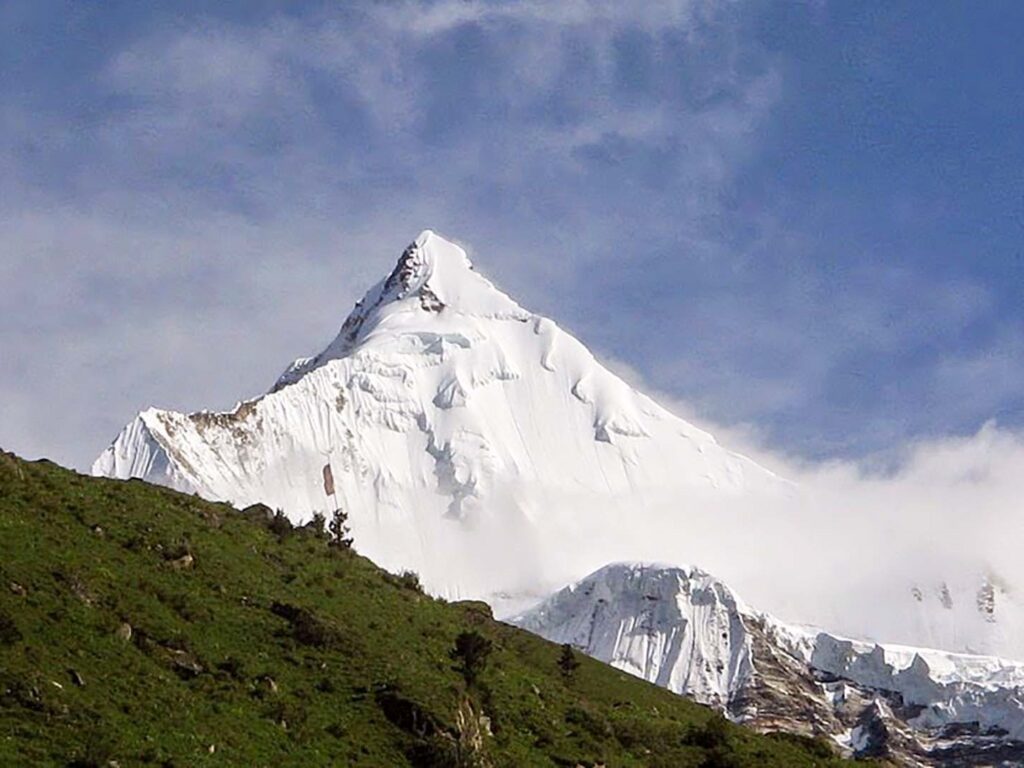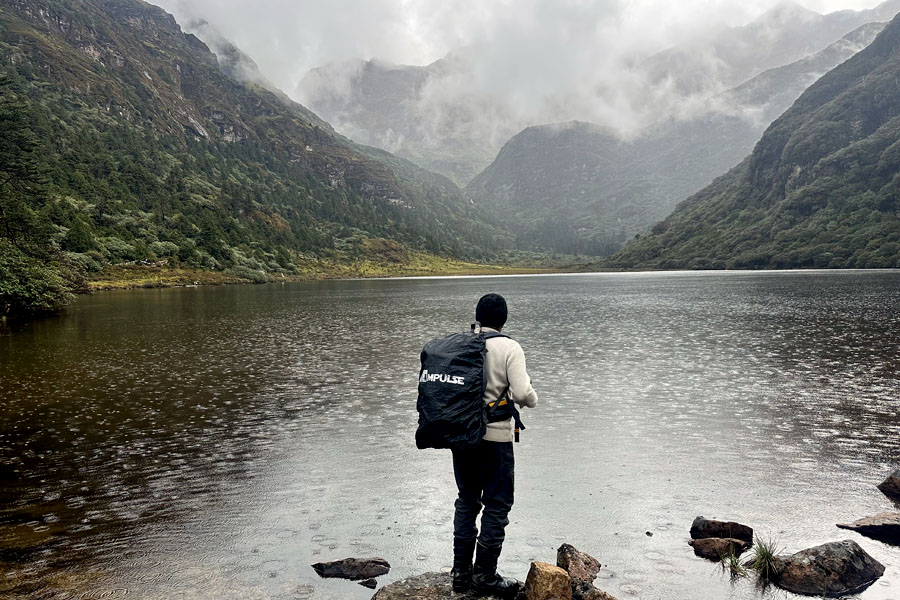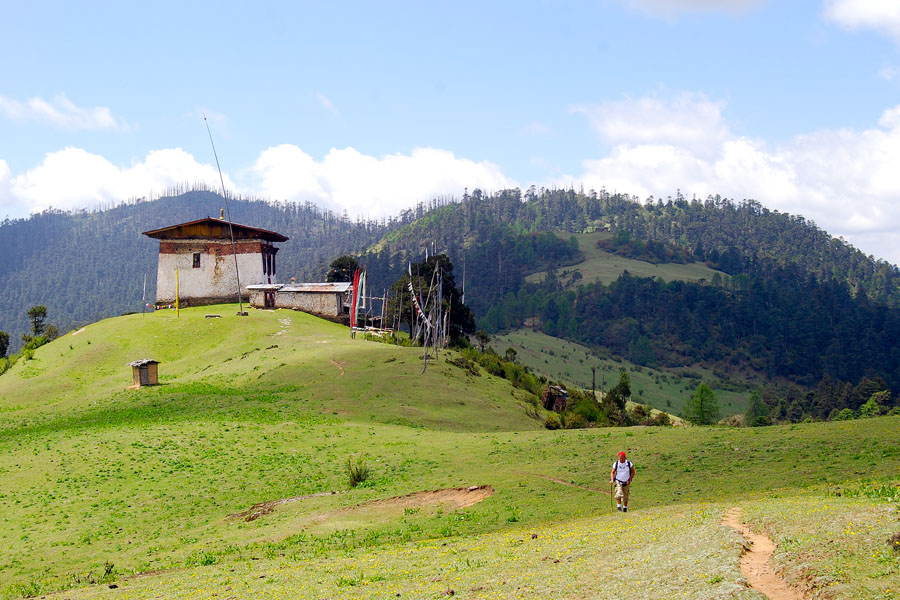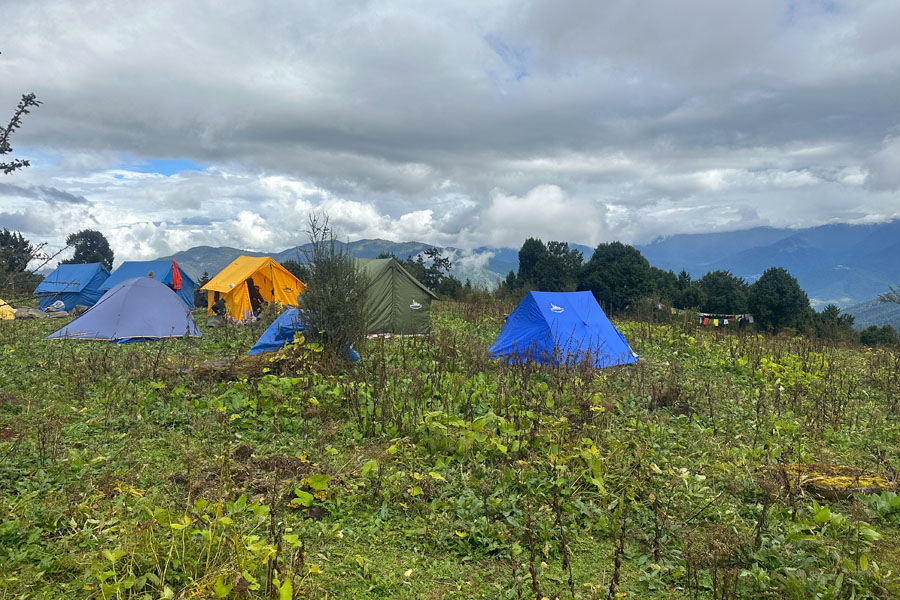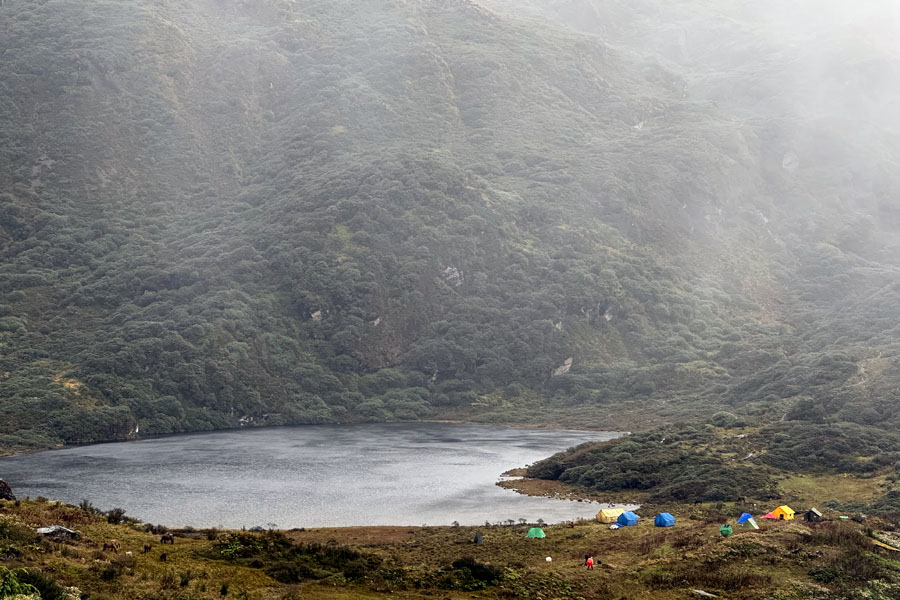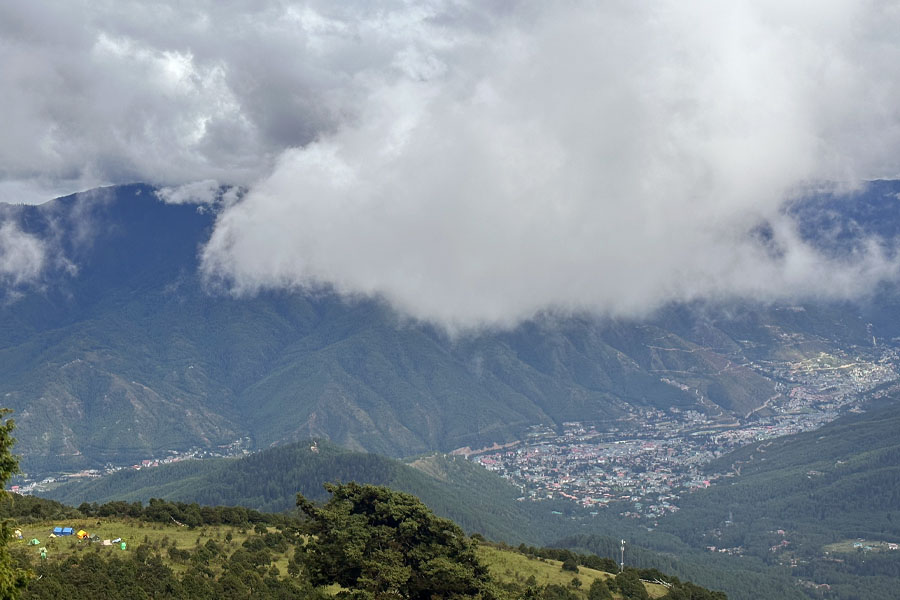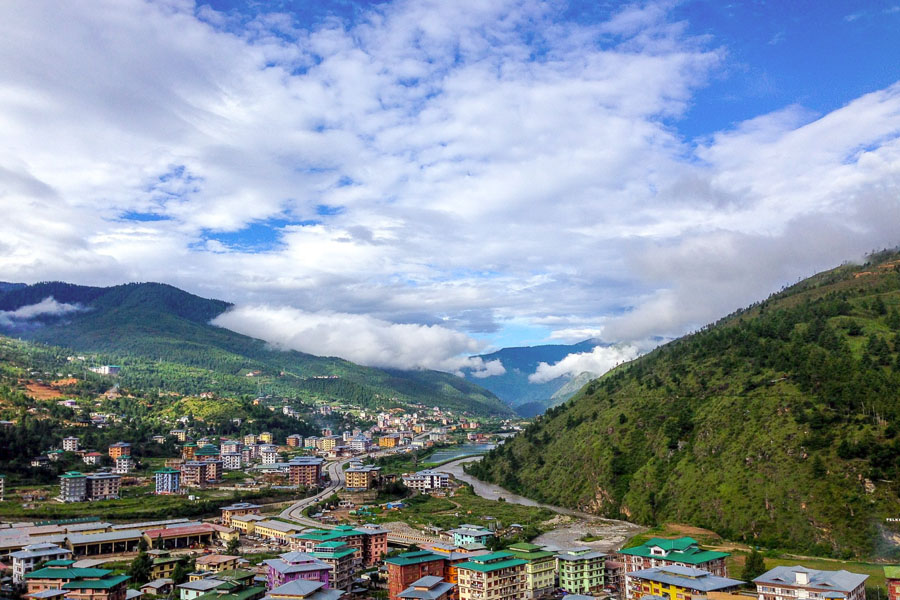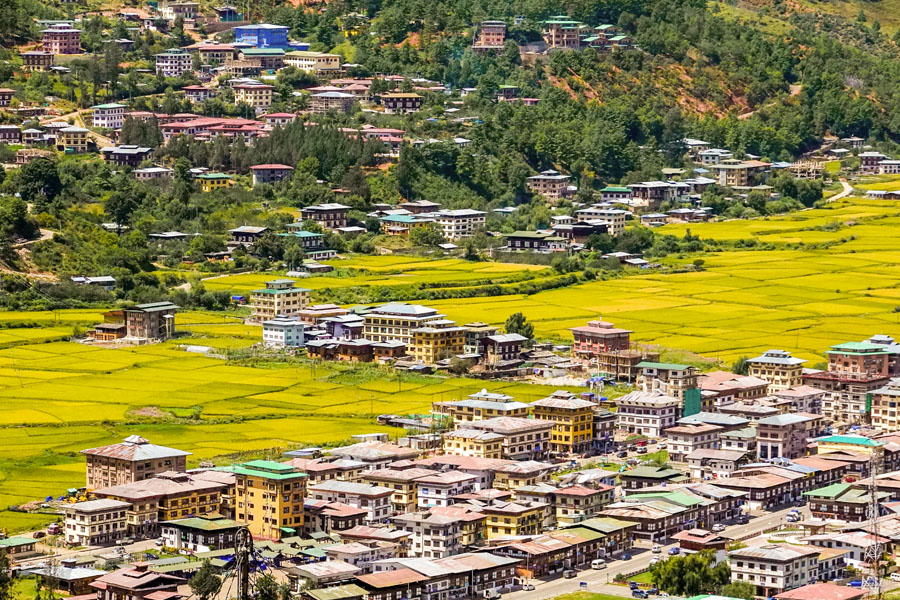The Term “salt trek route” derives from the purpose it served before the national highway construction from Trashigang to Samdrup Jongkhar. The people of the Eastern Dzongkhags used to make voyages via this route to take salt and silk from the border town of Samdrup Jongkhar. It is an eight-day trek from the day of arrival.
This 8-day trek will take you through pristine broadleaved and pine forests with spectacular views of villages, Tashigang Dzong and mountains amidst the clouds. Although this Nature-based trek route does not lead into really high altitudes, it is tough and involves long steep descents and ascents. This is one of the most remote treks in Bhutan.
Trek Highlight
- Explore the remotest District of Bhutan
- Meet the local people
- Enjoy the scenic beauty of the Route
- Recently opened Route.
- Falls on Bumdelling Wildlife Sanctuary
Salt Lake Trek Itinerary Overview
- Day 1 Arrival at Guwahati and Drive to Samdrupjongkhar. Distance- 98Km | Alt 55.5M above Sea Level | Driving Time 2.5 Hours
- Day 2 Samdrupjongkhar to Nalang. Distance- 7 Km | Alt 750M | Walking Time 3 to 4 Hours
- Day 3 Nalang to Rangdiphu. Distance. Distance- 6 Km | Alt 750M | Walking Time 3 to 4 Hours
- Day 4 Rangdiphu to Mongling. Distance- 8 Km | Alt | Walking Time
- Day 5 Mongling to Demrizam. Distance- 7 Km | Alt | Walking Time
- Day 6 Demrizang to Demchung. Distance- 8 Km | Alt | Walking Time
- Day 7 Denchng to Chiya. Distance- 7 Km | Alt | Walking Time
- Day 8 Cheya to Trashigang. Distance- 6 Km | Alt | Walking Time
- Day 9 Trashigang to Guwahti Airport. Distance- 98 Km | Alt | Driving Time 3 Hours
The Best time to Trek
The Trek route is considered all year round destination. It can be done.
Similar Trek and Tours of Bhutan
Itinerary
Arrive at Guahati International Airport, receive the visitors and drive to Samdrup Jongkhar, the border town in Bhutan. It is a three hour drive. Visitors will have to halt for the night at Samdrup Jongkhar which is approximately 250m above the sea level. Samdrup Jongkhar is the main trading center for the population of the six eastern Dzongkhags and is famous for the traditional silk garments (Buray) produced there. These exquisitely made handicrafts are very popular amongst the Bhutanese and tourists alike.
The Samdrup Jongkhar annual Tsechu is celebrated from the 11th to the 13th day of the tenth month of the Bhutanese calendar year. The Tsechu is observed for three days with mask dances performed by the monks and laymen.
Distance: 97 KM
Time: 3 Hours
Accommodation in Hotel
On the next day the visitors will have to drive two hours to reach Nelang, near Deothang from where the trek begins. The visitors can do a little bit of sightseeing in Samdrupjongkhar and explore the border town. They can also go across the border to the Indian town of Mela Bazar and do some shopping. Like any other border town all essential food items and garments are readily available.
Walking Time- 3 to 4 Hours
Accommodation in Campsite
The actual trek starts from Nelang downhill for about 45minutes till we reach the Duri river formed as a result of three streams namely Phudungri, Manchuri, Morongri. Once we reach Duri, the trek follows the river on a straight stretch for about two hours and will halt at Duktsiri for lunch. One of the significant aspects of this stretch is trekkers have to criss-cross Duri seven times on traditional log bridges until we reach Dutktseri which is the actual designated lunch Point.
After lunch the trek follows Duri River for another two hours here again the visitors will have to criss-cross the river six times on traditional log bridges before reaching Radingphu which is a perfect site to halt for the night. . Radingphu is a vast flat area which can accommodate almost sixty to eighty tents with water facilities readily available. This is an ideal place for visitors who are interested in swimming and taking a splash in the river.
Walking Time- 3 to 4 Hours
Accommodation in Campsite
From the base camp at Rangdingphu, there is a steep 3 hour climb to reach Dotak where the visitors can halt for lunch.. Dotak is situated on the border between Pemagatshel and Samdrupjongkhar.
After lunch the trek follows a steep climb for another two hours until we reach Mongling. On the way there is a place called zerim which is a flat grassy land shrouded by broad leaved trees. From Zerim we will be treated to a beautiful bird’s eye view of Deothang valley.
From Zerim, the trek leads to a slow climb for about one hour from where the trail follows a straight stretch until we reach Regonpo on the base of Yonglaphu. There is a small spring at close proximity to Regonpo. From Regonpo the trek takes a straight stretch till we reach Mongling on the Tshelingkhor-Pemagatsel highway which is an ideal location to rest for the night. Water is readily available at Mongling. If the visitors wish to continue onwards and travel to Demrizam for the night they can drive via the farm road. It is a one hour drive from Mongling to Demrizam.
Walking Time- 3 to 4 Hours
Accommodation in Campsite
The satellite town of Kherigonpa is half an hour drive from Mongling. From Mongling we get a beautiful bird’s eye view of some portion of Pemagatshel and Deothang. The stretch between Mongling to Demrizam is a slow descent crossing the farm road several times. From Mongling, the visitors if they wish can visit Yongla Gonpa. Yongla Gonpa observes it annual religious ceremony known as Jali Phurpa presided by Yongla Lam.
The religious ceremony is accompanied by mask dances and folk dances performed by both monks and layman. The other religious site to visit is the Jangchup Chorten constructed by Rangshikhar Lam.
Walking Time- 3 to 4 Hours
Accommodation in Campsite
Demrizam was traditionally where traders stopped to rest for the night in the past.. Water is readily available and the river provides an ideal place to enjoy some r swimming and fishing. Fishing however requires permits that your travel operators can arrange for you. It will be necessary for trekkers to carry their own water as there is no water on this stretch of the trek. The Camp site at Demri Zam has been cleared properly and water facilities are readily available.
The next day the trek ascends in a slow climb until we reach Tsatshi Danri for the lunch break. After lunch we will begin a steep descent to reach the Tonglingdrang Suspension Bridge. From here on it is a gradual ascent and straight stretch to Denchung by the side of the Khaling River where we will camp for the night. . The Denchung Campsite has been properly cleared but water should be collected from the nearby river approximately 100meters away.
Walking Time- 3 to 4 Hours
Accommodation in Campsite
From Denchung the trek follows the Khaling River for a little more than two hours where we reach Liza for lunch. After lunch the trek follows a steep ascent through beautiful pine forests until we reach Cheya. The stretch from Denchung to Cheya will probably be the most difficult section of the trek as the path is steeply climb. The campsite at Cheya is very beautiful near the Cheya Tsho (lake). from which water is also readily available.
Walking Time- 3 to 4 Hours
Accommodation in Campsite
The last day of the trek will be from Cheya to Trashigang. There are two options: visitors can either ride to Trasghigang from Cheya via Khengthogmani or they can trek from Cheya to Khegthnogmani and take a ride from Khentongmani. Since the trek follows the farm road it is advisable that the vehicles move to Cheya Tsho for boarding of the visitors.
Walking Time- 3 to 4 Hours
Accommodation in Campsite
After Successfull Trekking our guide and drive will see you off. It will be a good gesture to tip Guide and driver if you find their service good and upto the mark.

